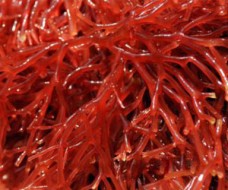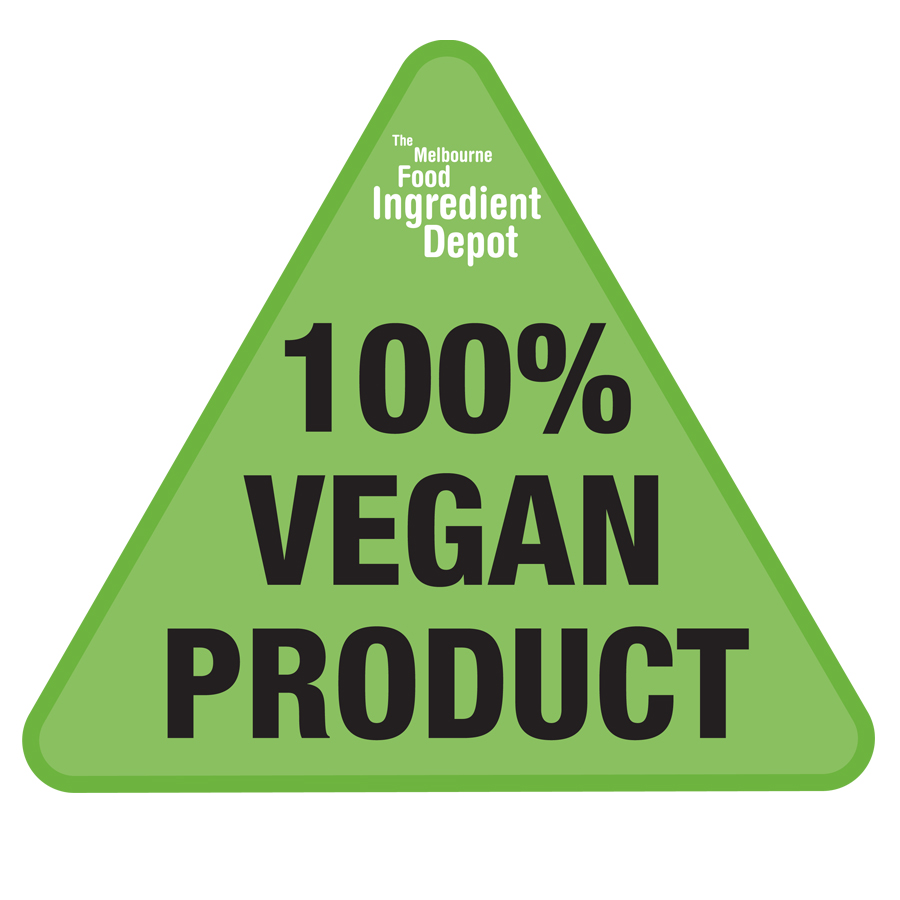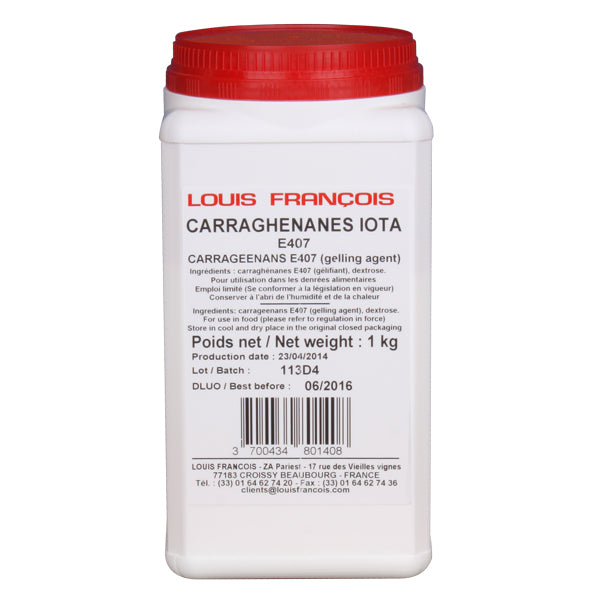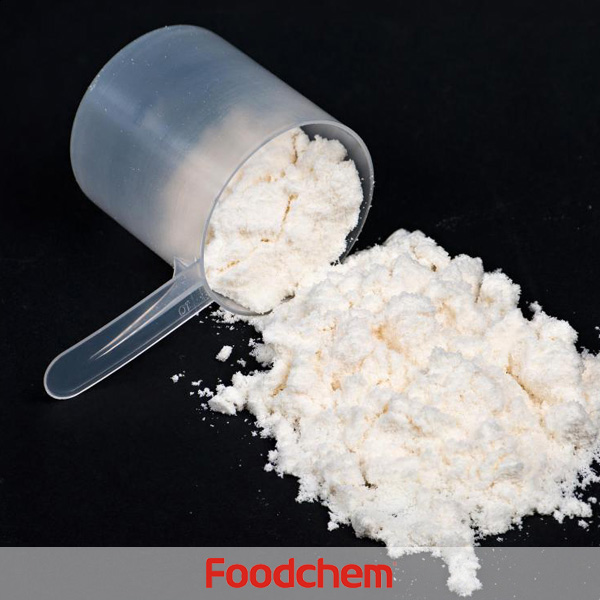

However, such studies, focusing on macroalgal polysaccharides, have not yet reached the level of integrative characterization observed in the field of PULs from human gut Bacteroidetes. The PUL-encoded enzymes responsible for the initial endolytic degradation of this sulfated agar (family GH16 and GH86 β-porphyranases) were biochemically and structurally characterized 20.

The transcription of a PUL in Bacteroides plebeius was shown to be induced by porphyran. Some previous studies have described the partial characterization of PULs targeting marine polysaccharides, for instance, alginate-specific PULs were shown to be genuine operons and to encode the enzymes responsible for the bioconversion of alginate into 2-keto-3-deoxy-6-phosphogluconate 19. Several PULs have been extensively characterized in human intestinal Bacteroidetes 15, 16, 17, 18, describing the complex molecular mechanisms behind the glycoside hydrolase (GH) enzymes and carbohydrate-binding proteins involved in the digestion of common dietary polysaccharides. Tandem susD-like and susC-like genes, which encode a carbohydrate-binding lipoprotein and a TonB-dependent transporter (TBDT) respectively, are considered as a hallmark of PULs 13, and the presence of these susCD-like gene pairs is used to identify PULs in Bacteroidetes genomes 14. The genes encoding these proteins are adjacent and co-regulated these regions are referred to as Polysaccharide Utilization Loci (PUL (singular) or PULs (plural)). Indeed, they have developed multi-component protein systems tailored for sensing, binding, transporting, and degrading specific glycans, as described for the starch-utilization system (Sus) 11, 12. Bacteria from this phylum are particularly suitable models for efficiently characterizing complete carbohydrate degradation pathways. However, carrageenan catabolism is largely uncharacterized and only a few enzymes specific for these sulfated galactans are known 3, 4, 5, 6, 7.īacteroidetes are considered key recyclers of marine polysaccharides 8, 9, 10 and notably of carrageenans 2. In marine ecosystems carrageenans constitute a huge biomass and thus a precious carbon source for marine heterotrophic bacteria (MHB). In addition, these polysaccharides and their derived oligosaccharides have multiple biological properties and are promising molecules for blue biotechnology 2. For more than 70 years, carrageenans have been widely used as ingredients in food, personal care, and cosmetic industries due to their gelling and emulsifying properties. Carrageenan structures are further modified by the presence of various substituents (sulfate, methyl and pyruvate groups).

The β-linked unit is either a d-galactose-6-sulfate or a 3,6-anhydro- d-galactose, a bicyclic sugar unique to red macroalgae 1. These complex polymers consists of d-galactose based units alternatively linked by β-1,4 and α-1,3 linkages. These results allow for an extension on the definition of bacterial PUL-mediated polysaccharide digestion.Ĭarrageenans, alongside agars, are the main cell wall polysaccharides of red macroalgae and play vital roles in the development and physiology of these photosynthetic eukaryotes. This complex genetic structure may be the result of multiple evolutionary events including gene duplications and horizontal gene transfers. The core system is completed by additional functions that might be assumed by non-orthologous genes in different species.

The carrageenan utilization system is well conserved in marine Bacteroidetes but modified in other phyla of marine heterotrophic bacteria. Carrageenan catabolism relies on a multifaceted carrageenan-induced regulon, including a non-canonical polysaccharide utilization locus (PUL) and genes distal to the PUL, including a susCD-like pair. Here we describe the complete catabolic pathway for carrageenans, major cell wall polysaccharides of red macroalgae, in the marine heterotrophic bacterium Zobellia galactanivorans. Their biomass, mainly consisting of polysaccharides, is cycled into the environment by marine heterotrophic bacteria using largely uncharacterized mechanisms. Macroalgae contribute substantially to primary production in coastal ecosystems.


 0 kommentar(er)
0 kommentar(er)
